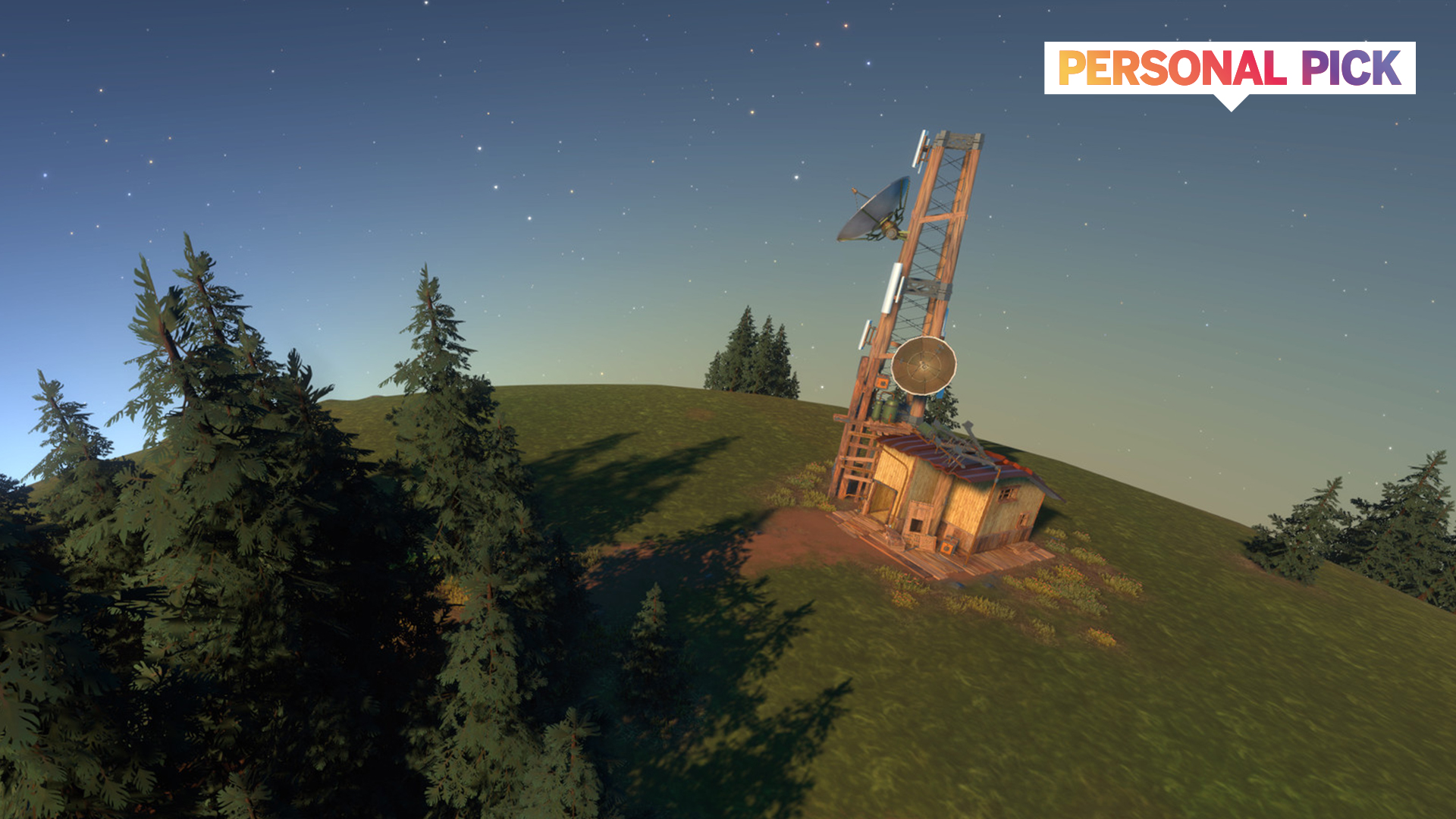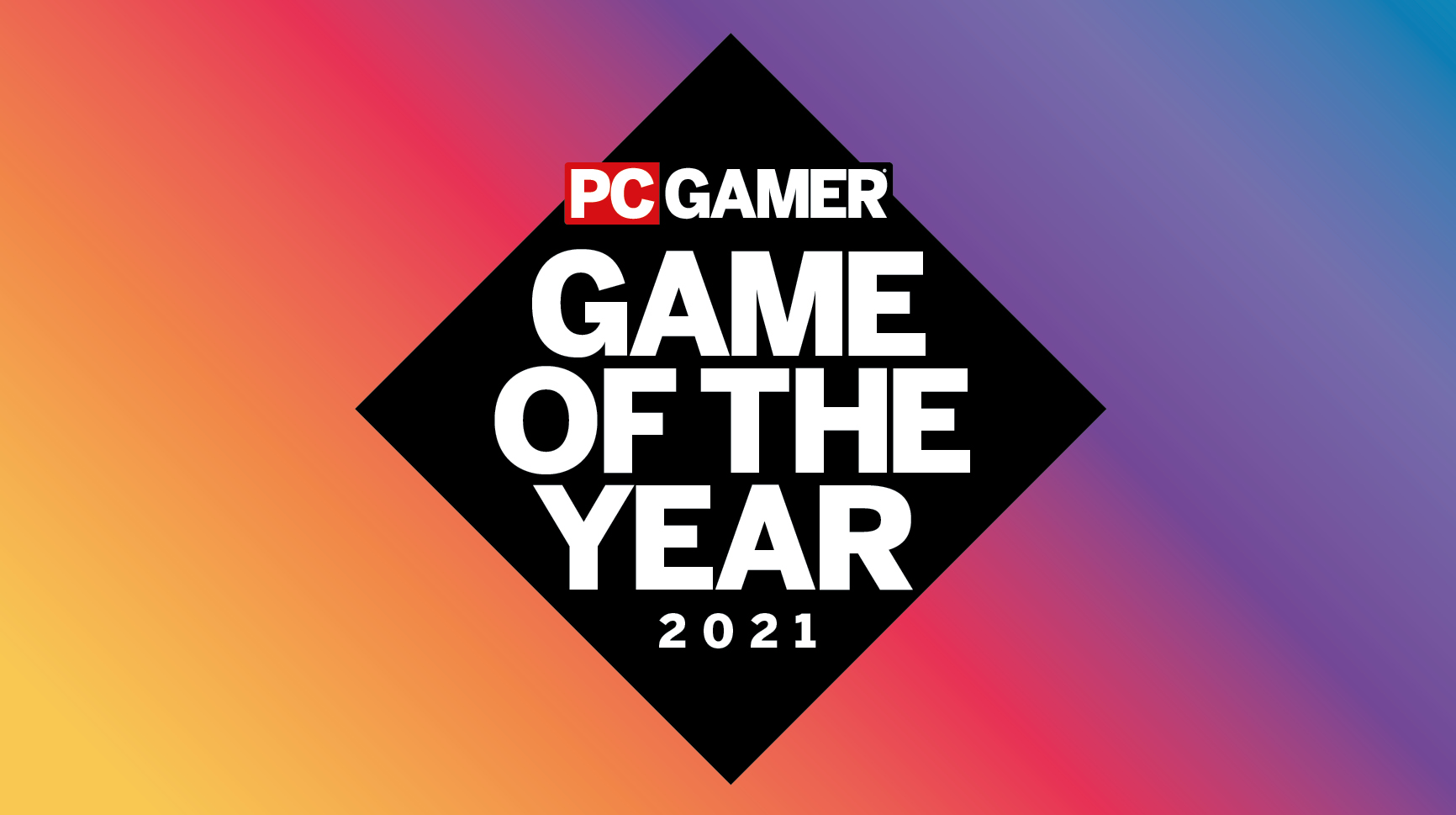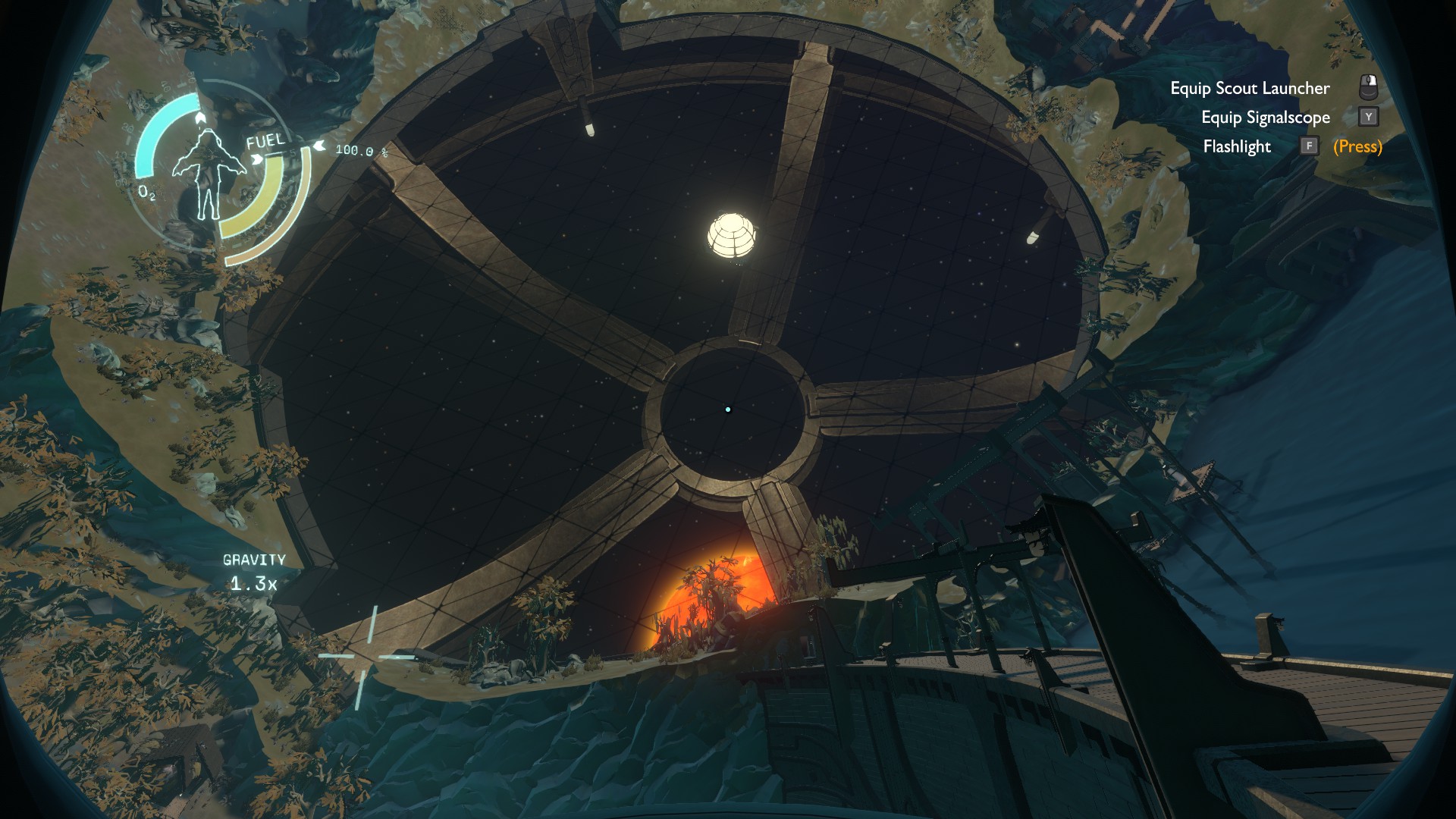In a fraught year, Outer Wilds: Echoes of the Eye reminds you what matters most
Together in the end.


In addition to our main Game of the Year Awards 2021, each member of the PC Gamer team is shining a spotlight on a game they loved this year. We'll post new staff picks, alongside our main awards, throughout the rest of the month.
It's frustrating that nobody will let you spoil Outer Wilds. I'm desperately waiting for the moment where we all agree that it's been long enough since the game's 2019 release to gush about it. It's the kind of game where you want to share stories about how you stumbled on each morsel of information and what puzzles flattened your brain. And most of all, I want to talk about that ending. Someone called Outer Wilds the only truly melancholy game, and not only is this correct, its ending heightens this, not because of its pessimism about the end of the world, but because of its optimism.
Echoes of the Eye makes that frustration worse. The DLC, or sequel, or expansion—however you want to call it—repositions the main game's perspective on the ending of the universe. If the original is about curiosity of the unknown, Echoes of the Eye is about the fear of what you don't understand—and the grip this fear can have on every part of your life. The way it wraps up, while brief, is almost as heartbreaking as the original ending, especially if you complete the base game again.
Echoes of the Eye's structure is largely the same as the base game. You poke around a planet and gather information about a race of people that died long before you get there. Tucked within that process are moments of discovery in which a new rule for the planet confronts you, complicating how you traverse it and solve its puzzles. The DLC emphatically starts with one of these disruptions that essentially puts you on another kind of timer, on top of the game's 22-minute, sun-exploding loop. While it may seem daunting at first, you eventually understand how the planet's quirk interlocks with what's actually going on inside it.
A lot of bigger games have these sorts of massive, visual moments to dazzle you with the amount of money the developers spent on them. This string of reveals, like in a Marvel movie, often hides that there's not much else going on. When a bridge falls out from under you in a shooter, you'll never return to that bridge again and again, like you do in Outer Wilds. Echoes of the Eye, following the base game's example, uses its set piece moments as signifiers for your progress toward the central mystery. When you return to them on another loop, they help frame what you'll be doing for the next several minutes, guiding your progress without objective markers or quest logs.

Echoes of the Eye differs from the base game by encouraging you to break it. It nudges you to experiment a little more than it did in the base game by dropping you into an environment with unique rules. It challenges your assumptions about how everything, like the very construction of the map to a new type of fail state, works. It might feel wrong in the moment, but it's really just an extension of the developer's already keen understanding of how to teach you to interact with its world.
In Echoes of the Eye's second half, the developers use horror to push you toward progress under duress. It's scary at first, even difficult, but you quickly find out how soft the threats are—and learn how to plan around them. One particular animation for a fail state here is exceptionally well done, reinforcing how much the developers care about the player learning their way through the experience—despite this being its most antagonistic segment.
This kindness throughout the game's design is the root of what makes Outer Wilds work, and it's why Echoes of the Eye does too. Failure is never punished so harshly that you don't want to try again. And when you're stuck, it gives you opportunities to reflect on your progress and how to move forward via the slideshows of the race that came before you. These short reels depict a group of people that, though steadfast in their decisions, were just as fallible as you. The end of their story exemplifies this by focusing on one of their major, accidental mistakes, and how even that, however tragic, can be forgiven.
The biggest gaming news, reviews and hardware deals
Keep up to date with the most important stories and the best deals, as picked by the PC Gamer team.
Echoes of the Eye came out not long after I saw the final Rebuild of Evangelion film. Evangelion: 3.0+1.0 Thrice Upon a Time transforms a nihilistic series about teens, mechs, and repeated apocalyptic events into a story with a sense of community, hope, and forgiveness. Not everyone gets to go back and rewrite their stories 26 years later, but Evangelion's surprising shift to optimism mirrors the shift we've seen in recent media, and specifically in games like Kentucky Route Zero, Umurangi Generation, and now Echoes of the Eye. So many games depict the end of the world as violent and isolating. It's been a rough few years, and it can feel like the end is coming in the wake of the still ongoing pandemic and the looming threat of climate change. Echoes of the Eye, and recent games like it, remind us that even when things are at their worst, we can still find ways to care for each other.
Tyler has covered videogames and PC hardware for 15 years. He regularly spends time playing and reporting on games like Diablo 4, Elden Ring, Overwatch 2, and Final Fantasy 14. While his specialty is in action RPGs and MMOs, he's driven to cover all sorts of games whether they're broken, beautiful, or bizarre.

